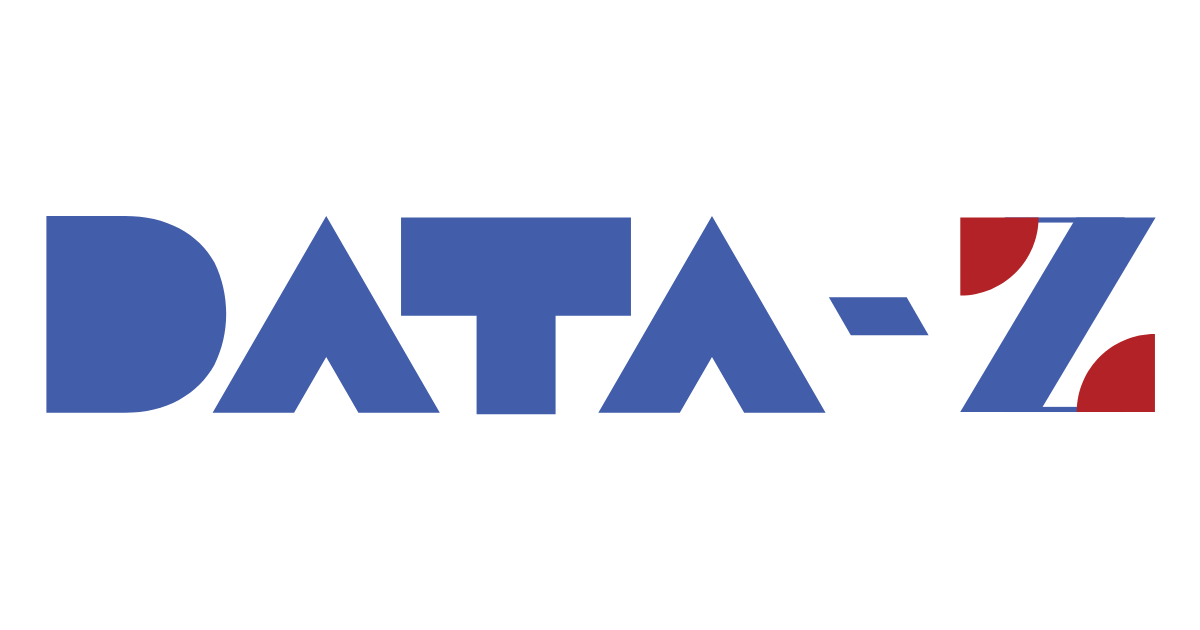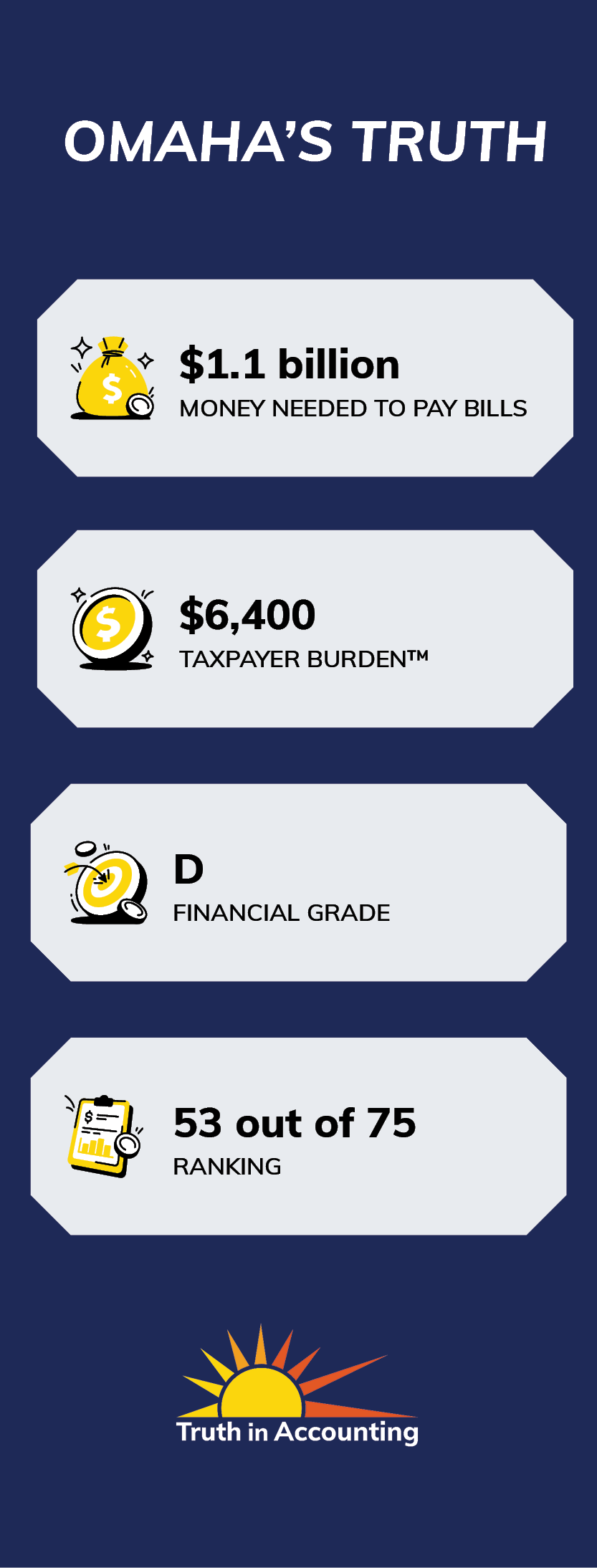Omaha, NE
,
|
TIA Data 2023 Financial State of Omaha (Released 02/27/2024) Use Create Your Own City Chart to see additional financial, demographic and economic data for this and other cities
Prior Years' TIA Data
Other ResourcesOmaha Annual Comprehensive Financial Reports Publishing Entity: City Finance Department |


